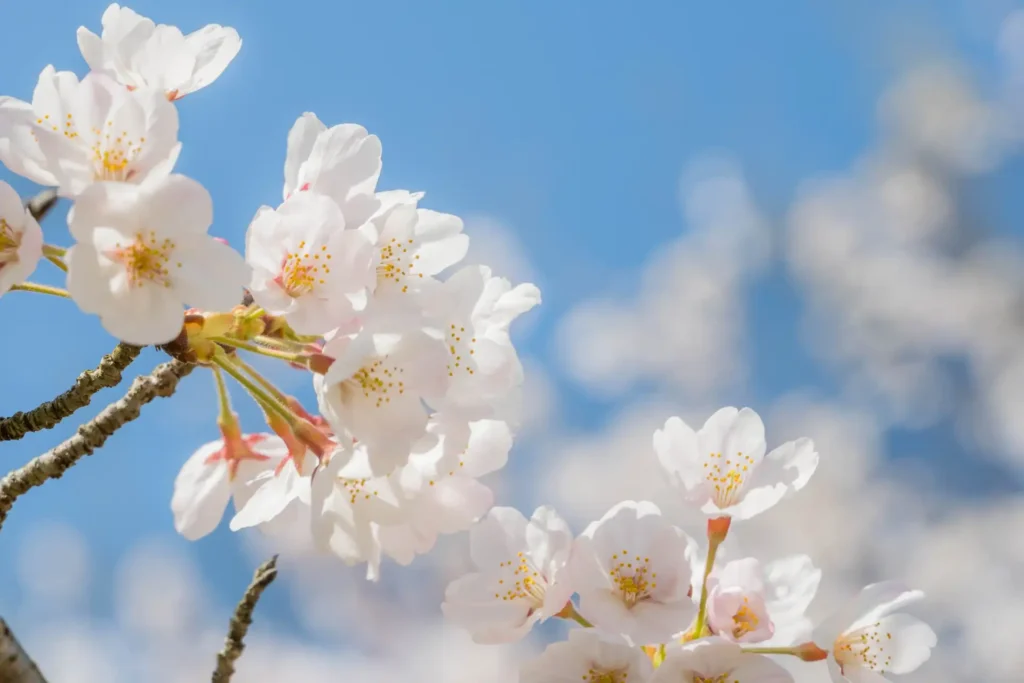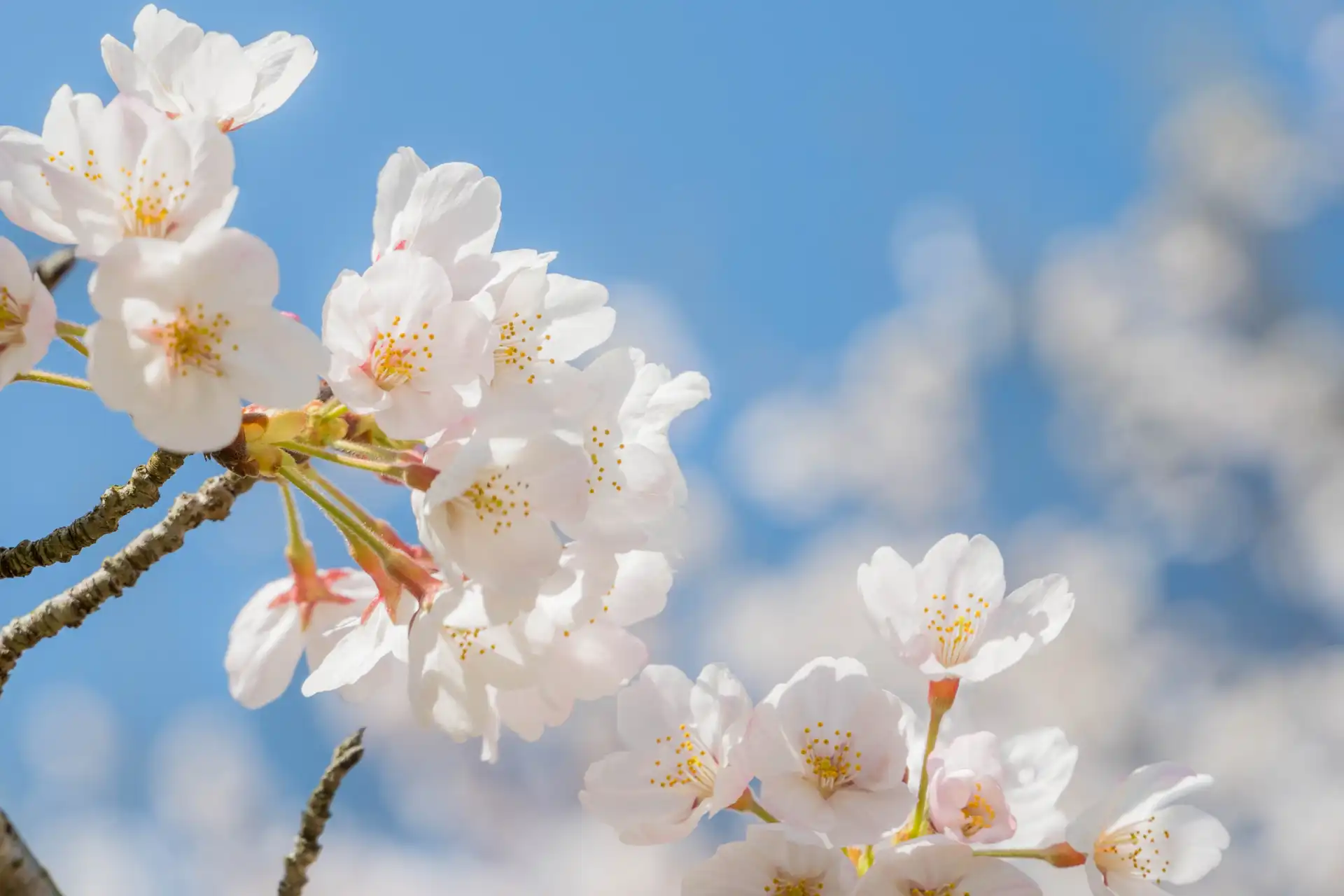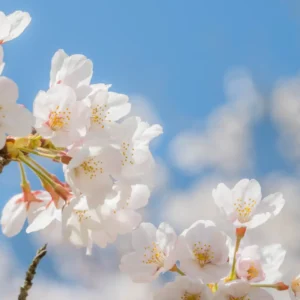A step into the charm of Japan: Everything foreign tourists should experience in Nara Prefecture: Tradition, nature, and culture


Hello.
This time, 「せんりみち」 is proud to bring you an article titled 「A step into the charm of Japan: Everything foreign tourists should experience in Nara Prefecture: Tradition, nature, and culture」 Here you go!
Nara Prefecture is a place steeped in history and tradition, a place that could be considered the origin of Japanese culture. While it tends to be overshadowed by popular tourist destinations like Tokyo, Kyoto, and Osaka, its tranquility and mystical atmosphere invite visitors on a journey through time and space. This article provides comprehensive and detailed information for foreign tourists visiting Nara Prefecture, including intriguing tourist spots, unique activities to experience in the area, local cuisine, accommodation information, access methods, and even language support and travel tips that take into consideration differences in religion and customs. We aim to fully convey the charm of Nara Prefecture, where history and nature blend, and to help you choose it as your next Japanese travel destination.
Table of Contents
What kind of place is Nara Prefecture? What is its appeal to foreigners?
Nara Prefecture is one of the areas in Japan where the oldest culture remains, and is known as a tourist destination that combines historical architecture with religious culture. Not only are there many World Heritage sites such as Todaiji Temple and Kasuga Taisha Shrine, but you can also enjoy beautiful scenery that blends in with nature.
Nara was once the capital of Japan
Nara was the capital of Japan from 710 to 784, creating a culturally rich period known as the "Nara period." This means that it was the capital before Kyoto, and many temples and Buddhist statues were built during that period, some of which still remain today. For example, Todaiji Temple and Yakushiji Temple, two of Nara's most famous Buddhist temples, are symbols of a "journey through time" for foreign tourists.
A place where foreign tourists can feel the Japanese atmosphere
Nara has a more relaxed atmosphere than Tokyo or Osaka, allowing visitors to enjoy a quiet time and a deep appreciation of traditional culture. Many foreign tourists who visit Nara are left with the impression that the "real Japan" remains. The tourist areas are not noisy, the local people are friendly, and the city's attitude of living in harmony with nature is highly praised.
Nara's must-see tourist spots: World Heritage Sites and historical sites
Nara is home to numerous World Heritage Sites, including Todaiji Temple, Kofukuji Temple, Kasuga Taisha Shrine, and the Historic Monuments of Ancient Nara.
Todaiji Temple and the Great Buddha
Todaiji Temple is home to the world's most famous Buddha statue, the Great Buddha of Nara. The Great Buddha Hall of Todaiji Temple is one of the largest wooden buildings in the world and was constructed in the 8th century. Its majestic and imposing appearance is a symbol of peace and meditation, making it a popular spot for foreign tourists. Information signs in English, Chinese, and Korean are also available.
Kasuga Taisha Shrine and the deer of Nara Park
Kasuga Taisha Shrine is located within Nara Park, known as a place where Shinto traditions live on. Nara Park is famous for the deer that roam freely within the park. These deer are cherished as messengers of the gods and have also become a symbol of interaction with tourists. There are also plenty of English guide maps and apps available, allowing foreign visitors to stroll around with peace of mind.
Horyuji Temple—the oldest wooden building in the world
Horyuji Temple, Japan's first World Heritage Site, includes the oldest surviving wooden buildings built in the 7th century. It is a treasure trove for foreign tourists interested in architecture. Explanations of the building's structure and techniques are provided in English, making it a place where you can gain a deep understanding just by visiting.
Unique Activities You Can Experience in Nara
Nara is not just a place to see, but also a place where you can experience Japanese culture on a deeper level through a variety of experiences. We will introduce activities that will allow you to "spend time feeling Japan" in addition to sightseeing.
Experience copying sutras and understand Buddhist culture
There are many temples in Nara where you can experience the Buddhist art of copying sutras. For foreign tourists, the time spent copying sutras with a brush is a moment of spiritual relaxation. English guides are available, and you can face yourself while learning the basics of Buddhism.
Japanese sweets making experience
Nara is rich in Japanese sweets, influenced by its ancient tea ceremony culture. Popular with foreign tourists are workshops where you can experience making Japanese sweets with artisans. The process of making Nerikiri sweets in seasonal shapes can truly be described as "Japanese art."
Nara Gourmet: Local Food Popular with Foreigners
Nara has a rich food culture that is also suitable for foreign palates. One of the attractions of a trip to Nara is not only sightseeing but also enjoying the food.
Persimmon Leaf Sushi: A Preserved Food with a Long History
Persimmon leaf sushi is a type of pressed sushi made by wrapping mackerel or salmon in persimmon leaves, and is extremely popular with foreign tourists. It is characterized by its beautiful appearance, refreshing taste, and ease of eating. Many stores have English menus, making it an easy hurdle for tourists.
Nara pickles: perfect as a souvenir
Traditional Narazuke pickles, made by pickling in sake lees, are often used as an accent in local dishes and are consistently popular as souvenirs. Many stores offer samples, so you can enjoy them with sake.
Travel and Access Information in Nara Prefecture: Transportation Guide for Travelers
Nara Prefecture is easily accessible from Osaka and Kyoto, making it an easy place to include in a tourist route. However, transportation is limited in some areas, so careful planning is important.
Day trips from Osaka and Kyoto are also possible
Nara City is highly convenient, being only about an hour by train from Kyoto or Osaka, and is often visited by foreign tourists on day trips. The main lines are JR and Kintetsu, and there are announcements and signs in English on the trains, which greatly reduces the language barrier.
We recommend renting a bicycle to get around
Nara city is densely packed with tourist spots, so it's common to get around on foot or by rental bicycle. Many areas have rental shops that can speak foreign languages, making it easy to rent a bicycle. It's also a popular and environmentally friendly way to travel.
Accommodation situation for foreign tourists
Nara offers a wide range of accommodation options, from guesthouses popular with foreign tourists to traditional inns and modern hotels.
The advantages of guesthouses and hostels
Guesthouses are popular with backpackers and those staying for long periods of time, as they are affordable and offer friendly staff. Staff often speak multiple languages, including English, and can often provide tourist information.
A Japanese-style experience at a traditional inn
Ryokan are places where foreigners can experience everything they want in Japan, such as tatami rooms, Japanese food, yukata, hot springs, etc. Some high-end ryokans also provide English-language customer service and paperwork, and have allergy-friendly facilities.
Language and cultural considerations for travelers: Support information for a safe journey
For foreign tourists, differences in language and culture can be a major source of stress while traveling, but Nara Prefecture has made efforts to alleviate such anxieties and make your stay comfortable.
Multilingual tourist information center
At major stations in Nara City, there are tourist information centers that offer services in English, Chinese, Korean, etc. They have a wide selection of tourist pamphlets and etiquette guides, and can also help with booking experience plans and transportation information.
Vegetarian and vegan restaurants
Many Western tourists have dietary restrictions for religious or health reasons. In Nara, there are an increasing number of cafes and restaurants that cater to vegans and vegetarians, and you can find them on official tourist sites.
Tourist information that takes religious and cultural backgrounds into consideration
Nara Prefecture is also working to accommodate Muslim tourists by setting up prayer spaces and providing halal food. Some tourist spots have simple prayer spaces and signs in English explaining tourist etiquette, and a system is being put in place to allow everyone to enjoy their trip with peace of mind.
summary
Nara Prefecture is a destination full of attractions for foreign tourists, blending history and tradition with nature and tranquility. From iconic tourist attractions like the Great Buddha of Todaiji Temple and the deer of Kasuga Taisha Shrine to cultural experiences like Japanese sweets making and sutra copying, the prefecture is packed with things worth visiting. Furthermore, with easy access to major cities, foreigner-friendly tourist facilities, and advances in multilingual support, the prefecture has developed an environment that even first-time visitors to Japan can enjoy with peace of mind. Why not choose Nara Prefecture for your next trip to Japan and experience the "real Japan"?


Today's article was A step into the charm of Japan: Everything foreign tourists should experience in Nara Prefecture: Tradition, nature, and culture from 「せんりみち」.
We hope that you will also discover new knowledge from the #tag keywords below.




